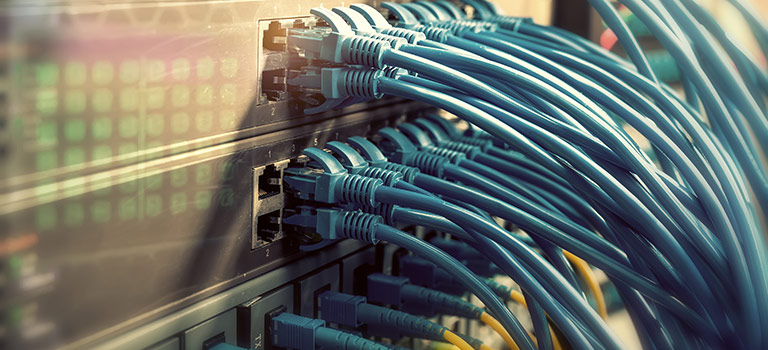Firewalls have essentially been around since the beginning of the internet. A firewall is a network device designed to protect your system by monitoring and controlling information traffic based on a preset list of rules to ensure security. Firewalls establish a barrier of protection between a trusted network and a foreign network. They are one of many defense methods to protect your data and system.
Origins
The original term ‘Firewall’ dates back to 1851. The term was meant to be taken at face value. After all, it refers to a literal wall meant to keep fires from spreading. In 1988, the Morris worm, one of the earliest worms distributed throughout the internet, sparked a newfound interest in cybersecurity. As a result, the Morris worm marked the first time people really felt they needed to protect themselves. Following the attack, the earliest forms of Firewall started appearing.
Types of firewall
Packet Filters
The first wave of firewalls used technology to filter packets by pushing them through a system that adheres to a specific set of rules. These filters are packet filters. Packet Filters function in two main ways. The first type of firewall allows all traffic to pass through the “filter” choosing to reject what does not meet the specific filter criteria. The other method is to reject all traffic by default, and only permit data that meets the filter criteria to pass.
Stateful Filters
While effective for the time being, packet filters eventually evolved to a second generation firewall, called stateful filters. Stateful filters apply a stricter and more in depth analysis of packets. While previous firewall technology only analyzed the surface text and images, stateful filters analyze things like IP address and connection source. This allows for a more rigorous and strict information vetting process.
Application Layer
Last of all, the application layer ushered in a third generation. The previous firewall tightened security to help control the flow of data. Application Layer goes a step further to mitigate risk. This is done by controlling the data usage within specific applications. This firewall manages specific services and applications that are external add-ons. In contrast to the previous generation, application layer is not a replacement of stateful filters. It is an enhancement, an additional step to security.
A firewall is an important asset to securing your system. But it is also a singular asset. Make sure to remember that firewalls need to be of a larger system of defense layers. Firewalls will continue to develop and evolve, but a truly effective strategy comprises multiple defense systems strengthening one another.
Tags: Anti-virus, Apps, Best cybersecurity practice, cyberattack, Cybersecurity, Defense, Firewall, Infrastructure, Network, Packet Filters, Security


